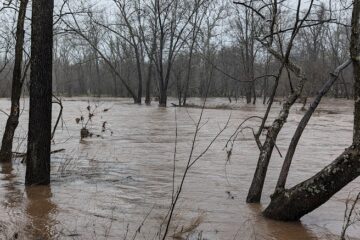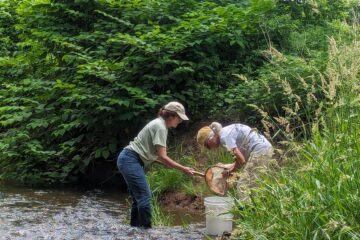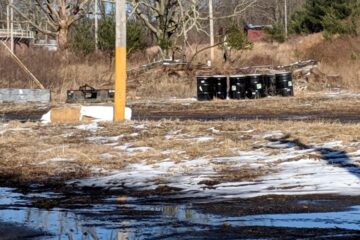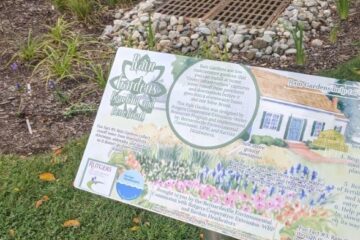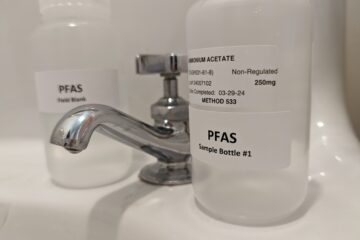Site Description
Site ID: SB25
Clinton Township, Hunterdon County
Stream Category: FW2-TM (Category 2, Trout maintenance waters)
Site monitors Raritan River South Branch (Prescott Brook to River Road) subwatershed (HUC: 02030105020080)
The site is located at River Road near the intersection with Railroad Avenue.
What is being monitored at this site?
- Biological and Visual Assessments (?)
- Chemical Testing

